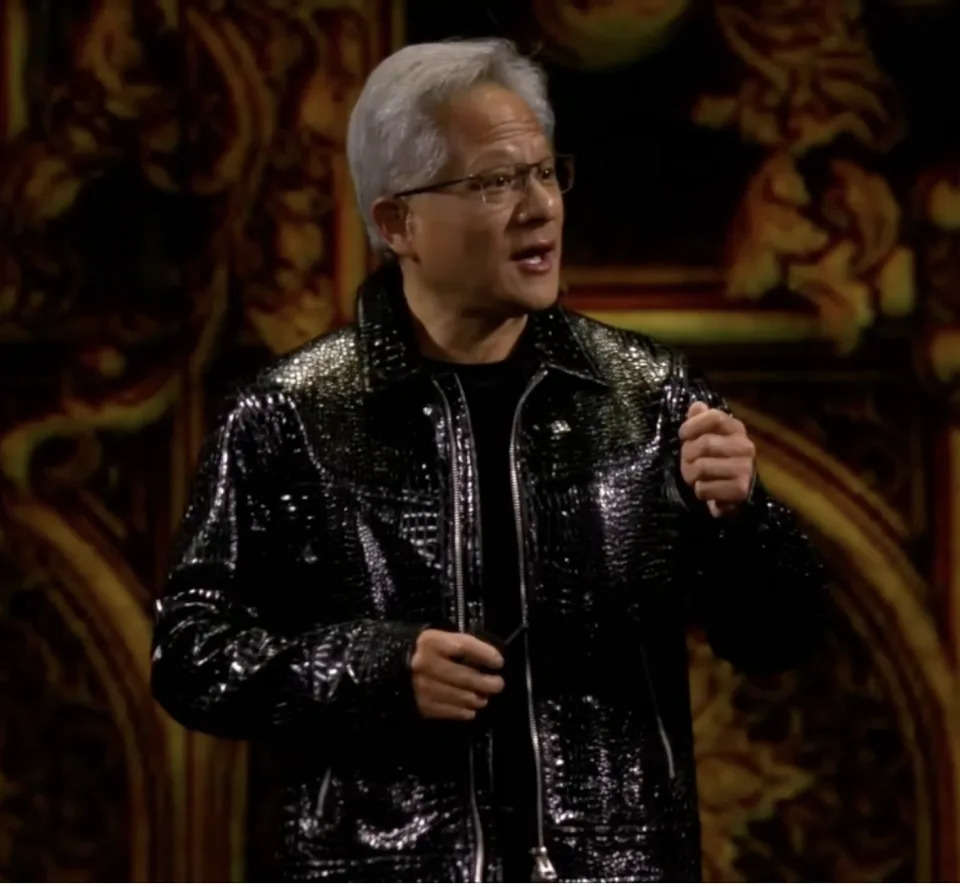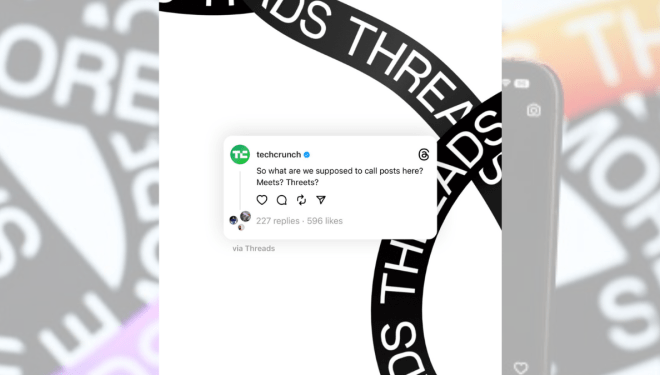
Nvidia Unveils Revolutionary GB10 Superchip and AI Solutions for Robotics and Autonomous Vehicles at CES 2025
Nvidia (NVDA) is set to keep its hot streak rolling from 2024 into 2025 with a series of AI-centric announcements at CES in Las Vegas on Monday. CEO Jensen Huang took the stage during the company’s keynote, outlining his vision for everything from AI software that will power robots and self-driving cars to a new AI supercomputer that fits on your desk.
Nvidia’s Stock Price Jumps Ahead of Keynote
The company’s stock price jumped as high as 4.7% ahead of the keynote on Monday, as Wall Street braced for Nvidia’s latest offerings. The company’s stock is up a whopping 205% over the last 12 months, thanks to its prescient investments in AI hardware and its CUDA software, which allows developers to use its chips to run AI programs.
Nvidia’s Stock Performance
- USD(NVDA)
- Follow View Quote Details
Latest Announcements Focus on Existing Hardware
The latest announcements focused on how programmers can take advantage of Nvidia’s existing hardware, its Hopper and Blackwell platforms. The company could debut its next-generation chip during its GTC conference in March.
New Chip and Desktop Announcement
During Monday’s event, Huang showed off Nvidia’s newest Blackwell-based chip, the GB10 superchip. It’s a pint-sized version of the GB200 superchip, which combines a Grace central processing unit (CPU) with two Blackwell graphics processing units (GPUs). The smaller GB10 pairs a Grace CPU and Blackwell GPU.
Nvidia says the chip will be available in a small desktop system called Project DIGITS and will come with 128GB of memory and 4TB of storage. The company says the setup is powerful enough for researchers interested in ‘prototyping, fine-tuning, and running large AI models.’
Project DIGITS Pricing and Availability
Project DIGITS will start at $3,000 and be available in May from Nvidia and its OEM partners.
AI Robots and Self-Driving Trucks
Beyond its new chip and desktop, Nvidia also debuted its open model license Cosmos platform for developing physical AI systems. The platform uses world foundation models, or WFMs, which are AI models that simulate conditions in the real world. Physical AI systems include technologies like humanoid robots and self-driving cars.
Cosmos Platform
The idea is for companies to use Cosmos to help develop the software needed to power robots and self-driving cars by simulating various usage scenarios in a virtual setting without having to use pricey robots or putting cars on the road in the real world.
Nvidia Debuts Isaac GROOT Blueprint
In addition to Cosmos, Nvidia debuted its Isaac GROOT Blueprint for training humanoid robots. The software connects to Apple’s Vision Pro headset and allows a developer to perform and record specific movements they want to teach a robot. Isaac GROOT Blueprint then takes those movements and synthesizes them, providing the robot with an enormous set of movements based on the developer’s original motions.
Benefits of Isaac GROOT Blueprint
Engineers often have to teach humanoid robots to move by performing repetitive movements that the bot can follow and understand on its own. It’s normally a time-consuming affair, but with the Isaac GROOT Blueprint, Nvidia says developers will be able to cut down on the time needed to create future humanoid robotics systems.
Toyota Partners with Nvidia for Advanced Driver Assistance
On the automotive front, Nvidia announced that Toyota will begin using the company’s DRIVE AGX Orin chip and the Nvidia DriveOS operating system to power the automaker’s advanced driver assistance features in its next-generation vehicles.
Quote from Jensen Huang
"The AV revolution has arrived," Huang said during the keynote. "I predict that this will likely be the first multi-trillion-dollar robotics industry."
Nvidia Partners with Continental and Aurora
Nvidia also said it has entered into an agreement with automotive company Continental and self-driving truck company Aurora that will see the transportation firms use Nvidia’s DRIVE hardware and DriveOS software alongside Aurora’s level 4 autonomous driving system called Aurora Driver.
Quote from Jensen Huang
Continental and Aurora plan to bring autonomous trucks hauling freight to roads beginning in 2027.
Nvidia’s Automotive and Robotics Segment
Nvidia’s automotive and robotics segment is a key area of focus for the company, with significant growth potential. The segment accounted for $1.4 billion in revenue in Q3 2022, up 53% year-over-year.
Benefits of Nvidia’s Automotive and Robotics Segment
The segment benefits from increasing demand for autonomous vehicles and AI-powered robotics solutions. Nvidia’s powerful GPUs and dedicated software platforms make it an attractive partner for companies looking to develop advanced driver assistance systems (ADAS) and autonomous vehicles.
Nvidia Enables AI Capabilities on Standard Graphics Cards
Nvidia also said users running its latest RTX graphics cards will now be able to launch foundation models using its Nvidia NIM platform. Essentially, the company is enabling AI capabilities for standard graphics cards via its NIM service, which should open up broader opportunities for software developers and help it court more customers moving forward.
Benefits of Nvidia’s NIM Service
The NIM service allows developers to access advanced AI capabilities on standard graphics cards, making it easier and more cost-effective to develop AI-powered applications. This should lead to increased adoption of Nvidia’s technology across a range of industries, from gaming to professional visualization and beyond.
Conclusion
Nvidia’s latest announcements at CES 2025 demonstrate its continued commitment to advancing the field of artificial intelligence. The company’s powerful GPUs and dedicated software platforms make it an attractive partner for companies looking to develop advanced AI-powered solutions. With its focus on enabling AI capabilities on standard graphics cards, Nvidia is poised to capture a significant share of the growing AI market.
Stay Ahead of the Curve with Yahoo Finance’s Week in Tech Newsletter
Stay ahead of the curve with Yahoo Finance’s Week in Tech newsletter. Subscribe now and get the latest technology news that will impact the stock market.













